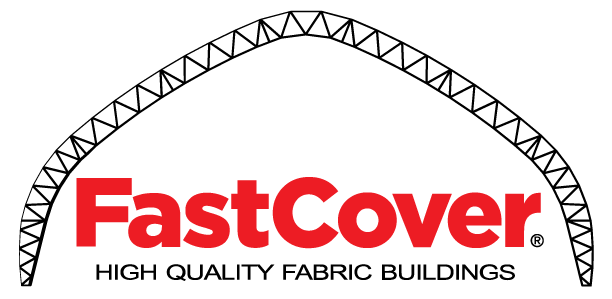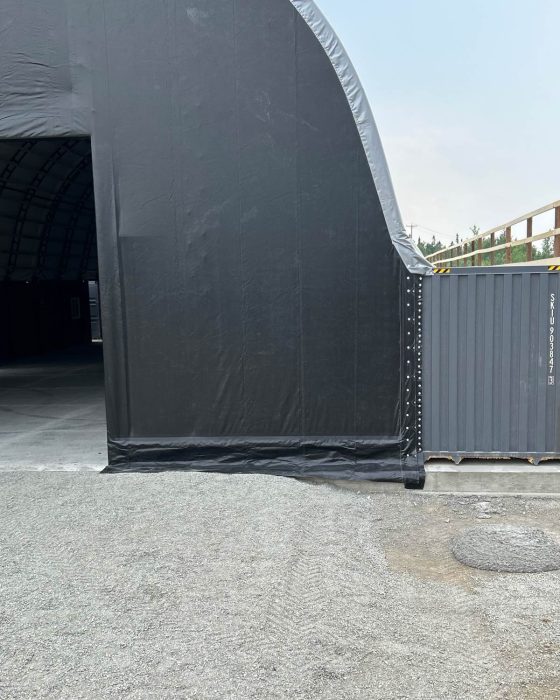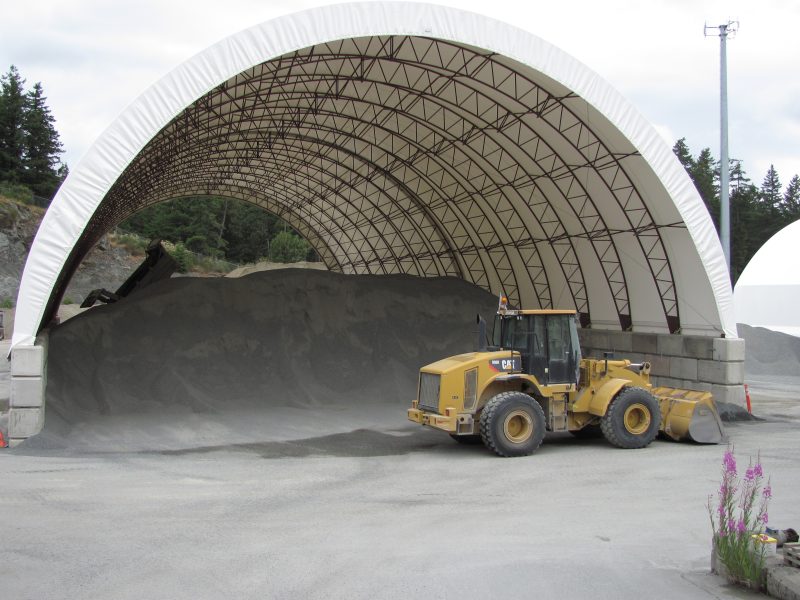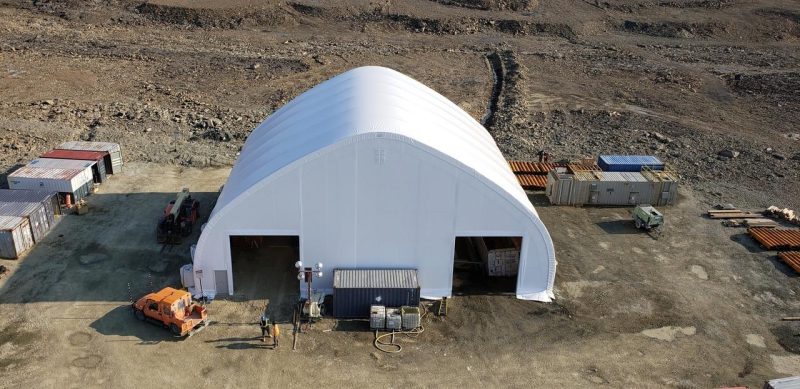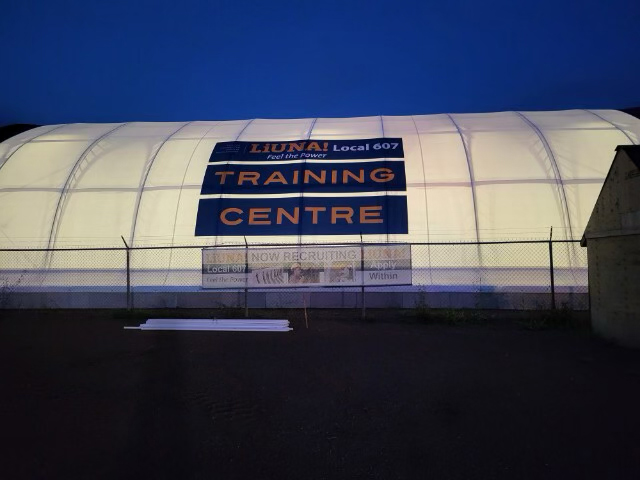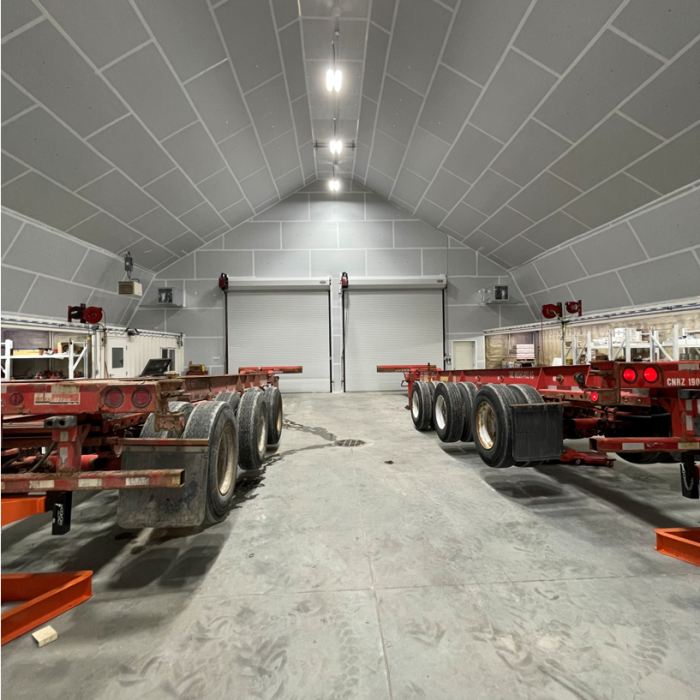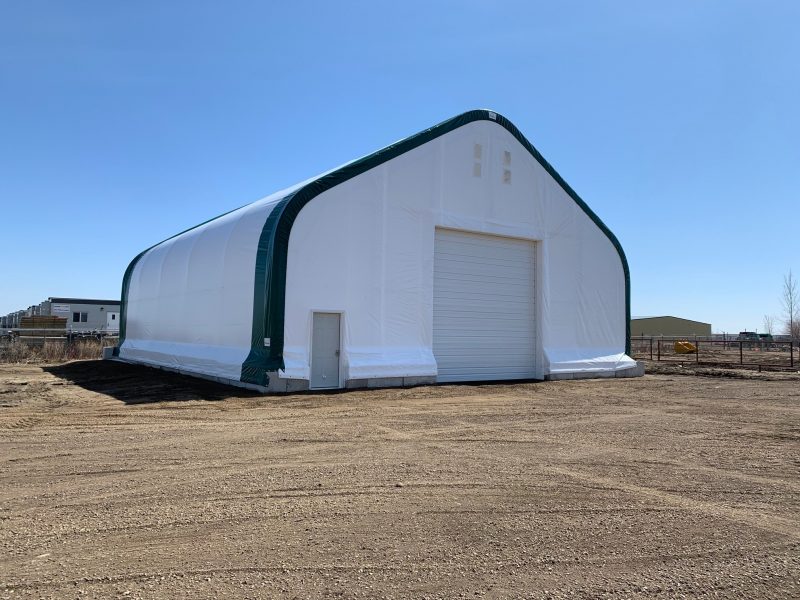No two job sites are identical—and your building solution shouldn’t be either. Whether you’re operating in remote terrain, a busy urban construction zone, or a climate with extreme weather, you need a structure that works with your environment, not against it. That’s why custom temporary buildings from FastCover are engineered with flexibility in mind.
From size and layout to access and add-ons, our portable job site buildings are designed to meet the real-world needs of contractors and project managers who can’t afford downtime.
Why Customization Matters on the Job Site
Job sites often present unique challenges: uneven ground, limited space, varying equipment sizes, strict access requirements, or the health and safety of workers. With FastCover, you can adapt your building to suit those conditions—maximizing both efficiency and safety.
Key areas of customization include:
- Size & Dimensions: Need extra clearance for tall machinery or want to span over shipping containers? Our buildings come in a wide range of widths and lengths—and can be mounted on different foundations like concrete blocks, bins, or Seacans.
- Entry & Access Points: Choose from multiple door styles and placements, including overhead doors, man doors, and roll-up curtains for drive-through access and optimized workflow.
- Anchoring Systems: Whatever the terrain, we offer foundation solutions that keep your structure secure—even in high-wind environments.
- Interior Features: Add insulation for year-round use, LED lighting for safe nighttime operation, or electrical packages to power tools, heaters, and more.
Real-World Applications: See Our Construction Project in Action
In a construction project, FastCover supplied two custom portable job site buildings for a highway interchange project, designed to protect concrete pours across multiple overpasses. The structures were modular, allowing for easy repeated installation—each used 5–7 times over the two-year project. After the project, both structures were repurposed on other job sites, showcasing the durability and long-term value of custom temporary buildings from FastCover.
Work Directly With Our Team
When you choose FastCover, you’re not buying a one-size-fits-all product—you’re partnering with a team of experts who understand construction logistics. We work with you from the start to:
- Assess your site and needs
- Recommend custom solutions
- Deliver and install your customizable portable building efficiently
Get the Right Fit – The First Time
Don’t settle for generic when your job site demands precision. Whether you need a heated workspace, or covered storage for equipment, FastCover can design a solution that works as hard as you do.
Ready to Build Your Custom Temporary Building?
Contact our team today to get started.
